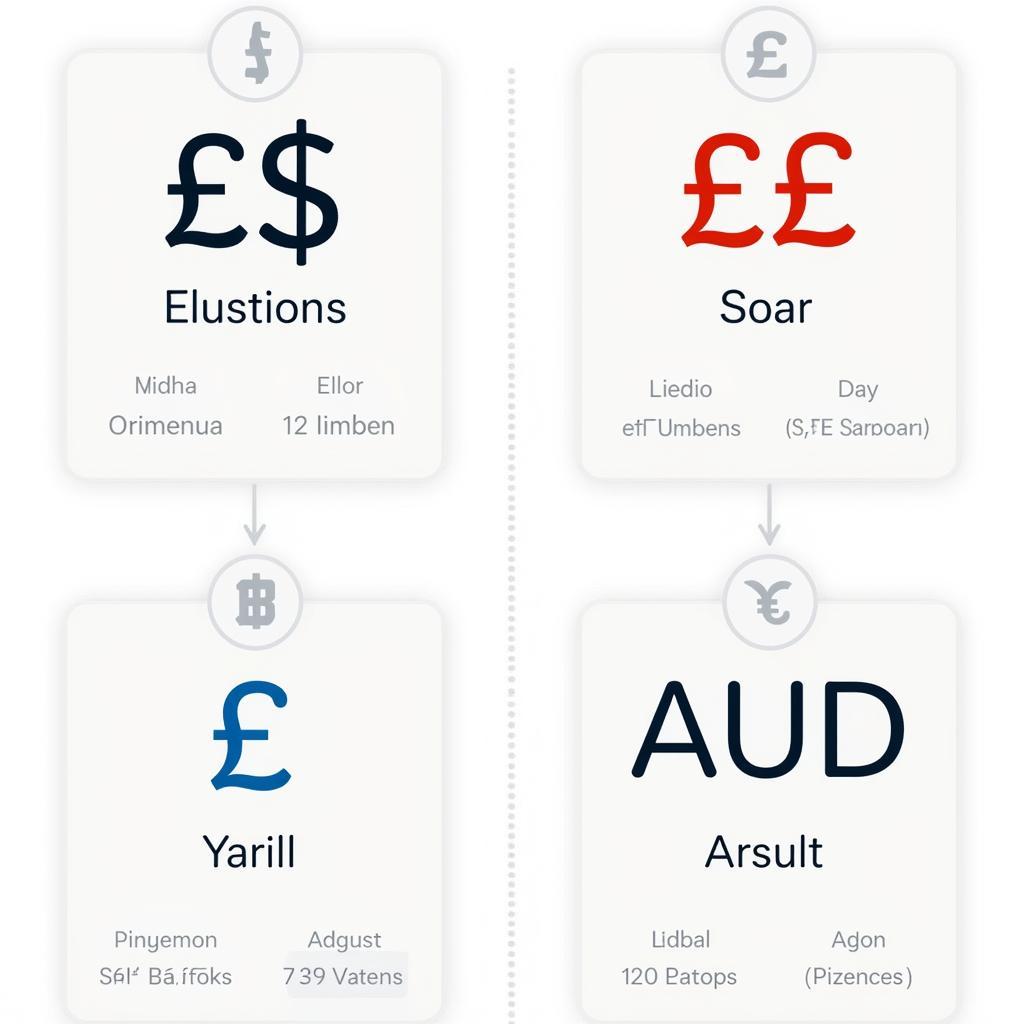Writing currency correctly in IELTS Listening is crucial for achieving a high score. This comprehensive guide will help you understand the standard formats, common variations, and essential rules for noting down monetary amounts accurately during your test.
Nội dung bài viết
- Understanding Currency Formats in IELTS Listening
- Standard Rules for Writing Currency
- Numbers and Decimals
- Symbol Placement
- Common Examples from IELTS Tests
- Common Mistakes to Avoid
- Incorrect Symbol Usage
- Number Format Errors
- Practice Strategies
- Effective Listening Techniques
- Sample Practice Exercise
- Expert Tips for Test Day
Understanding Currency Formats in IELTS Listening
In IELTS Listening, currency can be presented in various ways. The most common currencies you’ll encounter are:
- British Pounds (£)
- US Dollars ($)
- Australian Dollars (AUD)
- Euros (€)

Standard Rules for Writing Currency
Numbers and Decimals
- Use numbers, not words
- Correct: $50, £75.50
- Incorrect: fifty dollars, seventy-five pounds fifty
- Include decimal points when mentioned
- Full amounts: £100
- With cents/pence: £10.50, $25.75
Symbol Placement
- British Pounds: Symbol before number (£50)
- US Dollars: Symbol before number ($75)
- Euros: Symbol before number (€60)
- Australian Dollars: Write “AUD” before number (AUD 80)
Common Examples from IELTS Tests
Here are typical examples you might encounter:
- “The course fee is seven hundred and fifty pounds” → £750
- “It costs two hundred dollars and fifty cents” → $200.50
- “The ticket price is twenty-five euros and ninety cents” → €25.90
- “The total comes to one hundred and twenty Australian dollars” → AUD 120
Common Mistakes to Avoid
Incorrect Symbol Usage
- Don’t write: USD 50$ (correct: $50 or USD 50)
- Avoid: 50£ (correct: £50)
- Never use: €50€ (correct: €50)
Number Format Errors
- Don’t add extra zeros: £50.00 (when only £50 is mentioned)
- Avoid commas in four-digit numbers: Write £1500, not £1,500
- Don’t mix symbols: “AUD$” (use either AUD or $)
Practice Strategies
Effective Listening Techniques
- Listen for currency type first
- Focus on the exact amount
- Note both whole numbers and decimals
- Practice with different accents
Sample Practice Exercise
Listen to these amounts and write them correctly:
- “Three hundred and twenty-five pounds”
- “Forty-two dollars fifty”
- “Sixty euros and seventy-five cents”
- “Two hundred Australian dollars”
Expert Tips for Test Day
- Pre-write currency symbols when you preview questions
- Listen carefully for “point” or “and” in decimal amounts
- Double-check symbol placement before moving to next section
- Pay attention to context for currency type
Remember, accuracy in writing currency is essential for IELTS Listening. Regular practice with these formats and rules will help you handle any currency-related questions confidently during the test. Focus on being precise and following the standard conventions, and you’ll be well-prepared for this aspect of the exam.